: A Handy Guide
Many of us have experienced the frustration of finding that perfect sewing project, only to realize we don’t have the necessary tools to complete it. Whether you’re a seasoned seamstress or just starting out, having the right sewing tools can make all the difference in your crafting journey. Luckily, there are plenty of DIY sewing tools that you can make at home with just a few materials and basic crafting skills. In this article, we’ll take you through some of the essential DIY sewing tools that will help you with your next sewing project.
1. Seam Allowance Guide
One of the most important things to get right in sewing is the seam allowance. A seam allowance guide can serve as a helpful tool to ensure consistent and accurate seam allowances every time you sew. To create one, simply cut a rectangle out of cardboard or sturdy plastic, and mark your desired seam allowance measurements on it. You can use a ruler or a seam gauge to make sure your markings are accurate. Always keep this guide handy on your sewing table, and you’ll never have to worry about incorrect seam allowances again.
2. Pincushion
Most sewists will agree that pincushions are a must-have when it comes to sewing. However, instead of buying one, why not make your own DIY pincushion using scrap fabric and some filling material? You can even choose to upcycle an old jar or tin and fill it with fabric scraps or wool roving to create a unique and environmentally-friendly pincushion. You can sew a small pouch of fabric and stuff it with filling material, or even use a mason jar lid as a base and cover it with fabric. The possibilities are endless!
3. Pattern Weights
Pattern weights are essential to keep your pattern in place while cutting out fabric pieces. Instead of purchasing expensive commercial pattern weights, you can easily make your own at home with a few materials. You can use anything from small bean bags filled with rice or pebbles to metal washers wrapped in fabric. Alternatively, you can also use large binder clips or heavy magnets to hold down your pattern pieces. Get creative and use what you have around the house to create your own DIY pattern weights.
4. Tailor’s Ham
A tailor’s ham is a handy tool to help you press curved seams, darts, and other curved areas of your garment. This tool is traditionally made using wool or cotton fabric and filled with sawdust or fabric scraps. However, you can make your own DIY tailor’s ham by using old socks or tights and filling them with rice or lentils. Simply sew or tie the ends securely, and you have a functional tailor’s ham that can save you time and effort in pressing your garments.
5. Sewing Tool Organizer
Keep your sewing tools organized and within reach with a DIY sewing tool organizer. You can create one using a piece of fabric, some elastic, and a dowel rod. Simply sew some strips of elastic onto the fabric, leaving enough space in between to fit your tools. Then, roll up the fabric and secure it using the dowel rod to create a compact and portable organizer that you can take with you wherever you go.
With these DIY sewing tools, you can make your sewing projects more efficient and enjoyable. Plus, you’ll save money and reduce your environmental footprint by repurposing materials you already have at home. So, the next time you’re in need of a sewing tool, don’t rush to the store. Instead, try your hand at making it yourself and see how it simplifies your sewing experience.
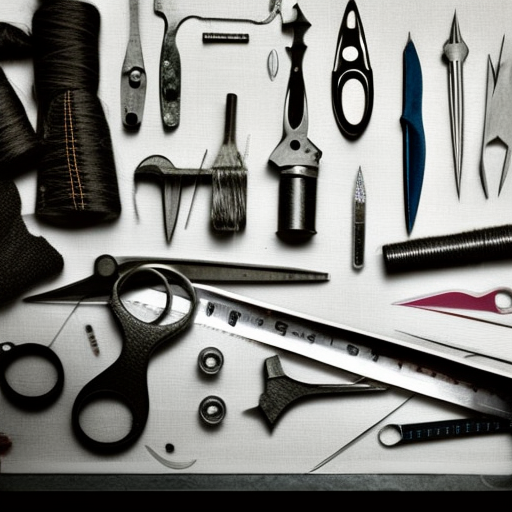
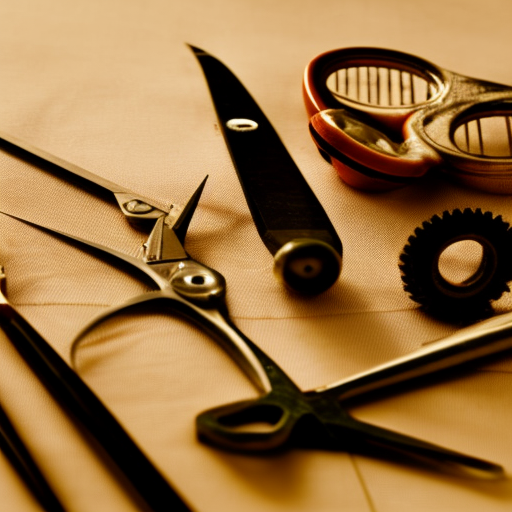
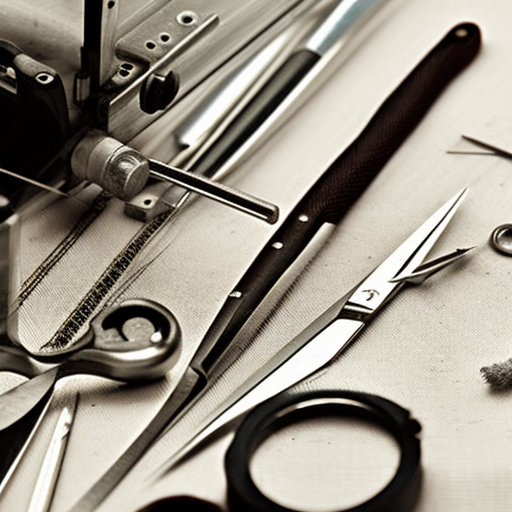
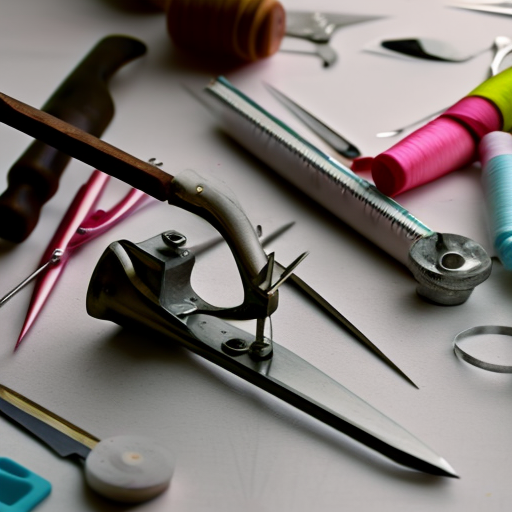
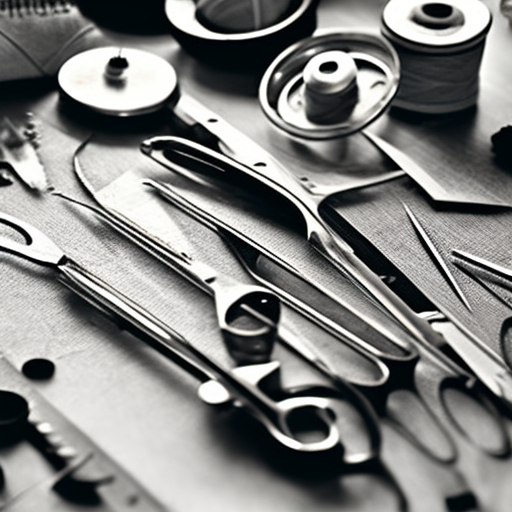
“Great list! I’m always looking for new ways to upgrade my sewing toolkit!”
Samantha Adams: “Love it! I’m excited to try some of these tools in my next project.”
Amazing! This is a great resource for anyone looking to build or upgrade their sewing tool kit. With this list, DIYers can easily find the perfect tool for their next project!
“Fantastic! This will greatly help my sewing projects, thanks for the ideas!”
“Fantastic! This will greatly help my sewing projects, thanks for the ideas!”rnNathalia Thorpe: “Great list! I’m always looking for new ways to upgrade my sewing toolkit!”rnSamantha Adams: “Love it! I’m excited to try some of these tools in my next project.”rnSpiffyzilla: This is an amazing post! It has loads of useful ideas that can turn anyone into a sewing pro. Thanks for sharing and giving others the opportunity to discover more DIY tools.